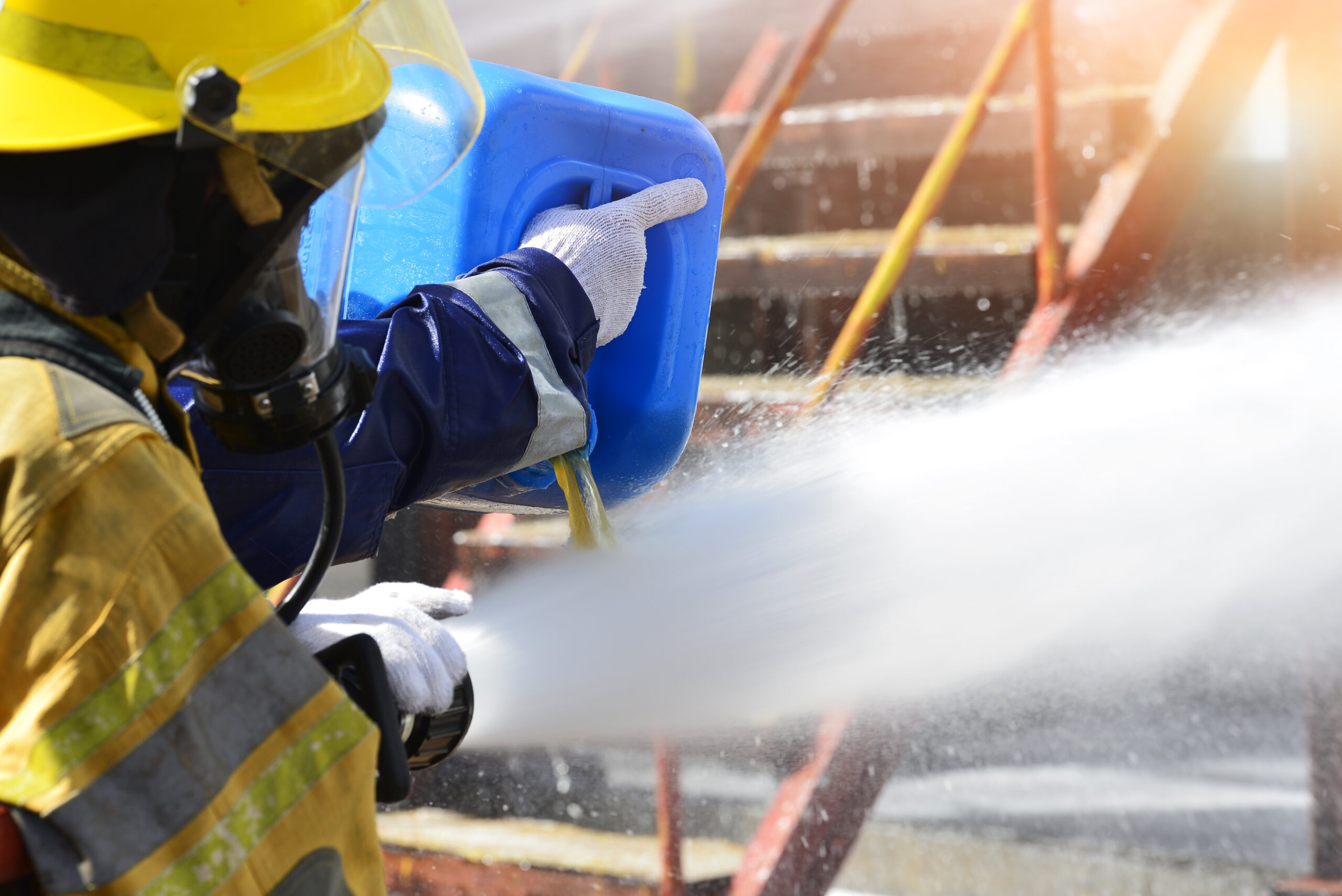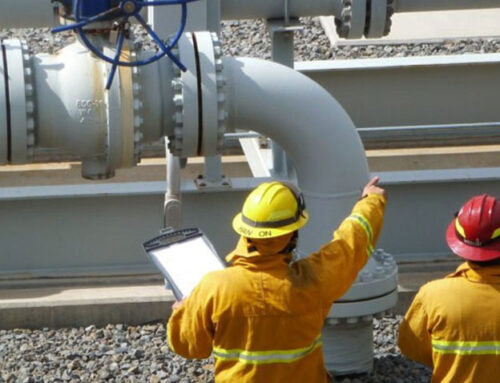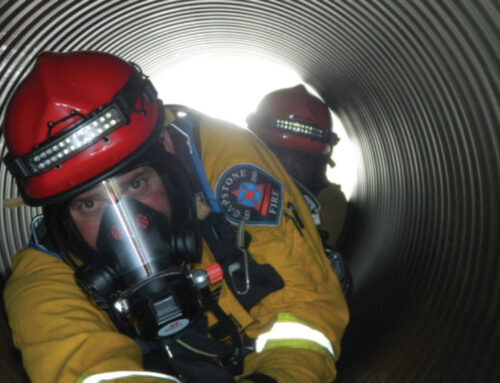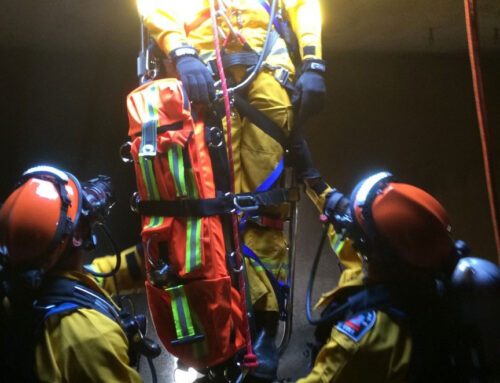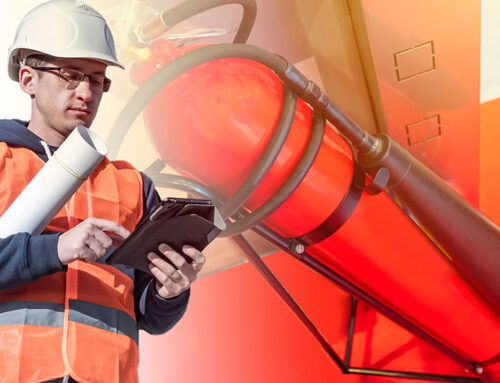The term HAZWOPER is short for Hazardous Waste Operations and Emergency Response. This specialized response activity is regulated through the OSHA construction standard 29 CFR 1926.65 and is identical to the 29 CFR 1910.120 General Industry regulation. In the heart of the HAZWOPER standard is the protection of workers having to handle and clean up hazardous substances safely and effectively.
This standard covers the following employer classifications:
- Hazardous waste site cleanup operations
- Operations involving hazardous waste conducted at treatment, storage, and disposal (TSD) facilities
- Emergency response operations involving hazardous substances releases for facilities such as Process Safety Management (PSM) locations.
There are two federal agencies handling HAZWOPER activities and a third has jurisdiction over transport of hazardous waste. The Environmental Protection Agency (EPA) has a HAZWOPER standard 40 CFR 311 identical to the OSHA 1910.120 standard, but EPA has jurisdiction over the local and state government employee performing the hazardous cleanup. OSHA’s standard only has jurisdiction over the private sector workers and not public sector unless the public employer is under one of the 28 OSHA-approved State Plans.
According to OSHA, emergency response for HAZWOPER includes the “response activities where an uncontrolled release of a hazardous substance, or where an uncontrolled release is likely.”
However, the same OSHA standard differentiates, HAZWOPER does not apply to the “accidental or foreseeable release of a hazardous substance limited in quantity, and poses no emergency or significant threat to the safety and health or worker in the immediate vicinity.”
OSHA provides the following chart to help determine if a release is under the HAZWOPER standard.

Having an uncontrolled release of hazardous substances will affect the workers, contractors, visitors, and the local community. It is common to have nearby shopping centers, schools, or housing to conduct evacuation procedures due to a release at the TSD (treatment, storage, disposal) facility. Therefore, the preservation of life, health, environment, and property must be of the paramount importance for the responders.
Waste cleanup can only come after active fires, explosions, waste release, or other hazards have been controlled. The workers actively working to contain the hazardous release must have specialized training and equipment. The hazards they are exposed to are not limited to:
- Physical Hazards
- Fire
- Explosions
- Caught-In
- Crushed-by
- Struck-by
- Electrical
- Chemical Hazards
- Chemical Burns
- Chemical Reactions
- Corrosion
- Health Hazards
- Smoke Inhalation
- Carcinogens
- Mutagens
- Asbestosis
- Silicosis
Workers must be protected by having the proper safety and health programs and procedures addressing, at a minimum:
- Confined Space Entry and Rescue — Some chemical releases are contained in confined spaces or affect workers get trapped in a confined space and need to be rescued.
- Respiratory Protection — HAZWOPER cleaning activities expose workers to inhalation hazards from the chemicals as they contain or clean the worksite. Each worker has to be on a Self-Contained Breathing Apparatus (SCBA) providing forced breathing oxygen to the worker in a special protective body covering Personal Protective Equipment (PPE).
- Trenching and Excavation — Many spills will need the response crew to have heavy equipment operators who can create a dike around the leaking process piping or storage tank to contain the hazardous material.
- Lead, Asbestos, or other remediation specialist to handle these highly toxic materials and dispose of them in the proper manner.
- Decontamination procedures to ensure the equipment, tools, and personnel are properly decontaminated from the hazard zone prior to entering the support zones.
- Hazardous Waste Disposal — The proper containment, labeling, and disposal of hazardous waste will have to be in compliance with OSHA, EPA, and the Department of Transportation (DOT) regulations.
Companies providing some or any of these services, equipment, or highly trained personnel must be prepared in case of an emergency. Utilizing an untrained or unprepared staff for HAZWOPER cleanup is a violation of EPA and OSHA standards. It is up to the employer to ensure they train or contract with an organization that can provide specialized personnel and equipment for pre and post site visits, emergency operations, and even facility audits.

